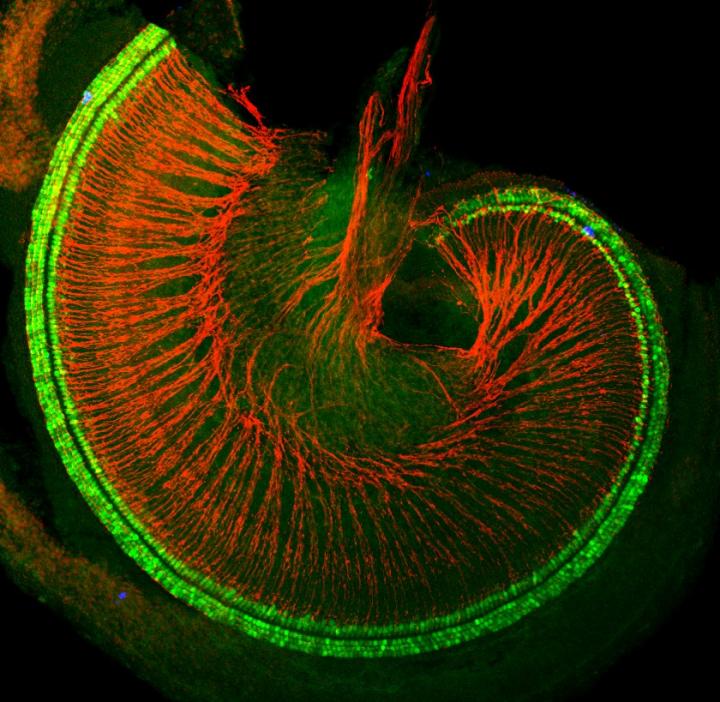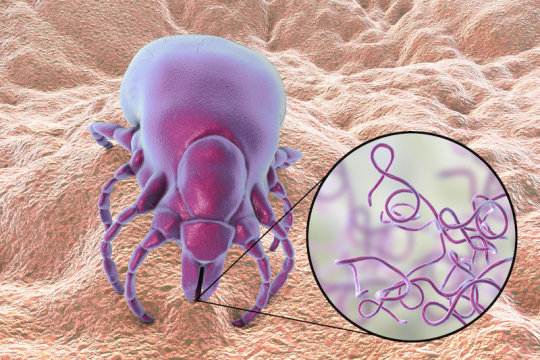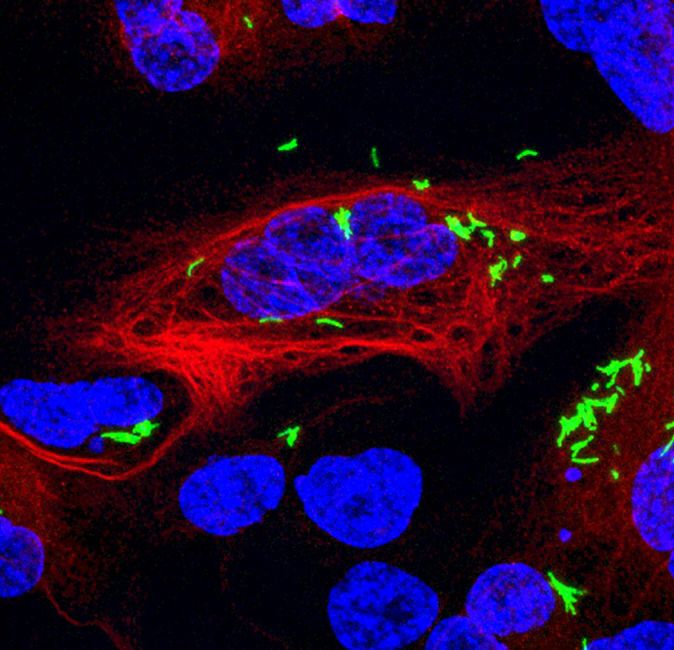COVID-19 Updates From The Washington Post – Free Access
 The Washington Post is providing daily live updates, comprehensive guide to the pandemic and their Coronavirus Updates newsletter for free, so that all readers have access to this important information about the coronavirus pandemic.
The Washington Post is providing daily live updates, comprehensive guide to the pandemic and their Coronavirus Updates newsletter for free, so that all readers have access to this important information about the coronavirus pandemic.
Posted March 19, 2020
Coronavirus Outbreak The New York Times – Free Access
 The New York times is providing free access to the most important news and useful guidance throughout the COVID-19 outbreak to help readers understand the pandemic.
The New York times is providing free access to the most important news and useful guidance throughout the COVID-19 outbreak to help readers understand the pandemic.
CLICK HERE FOR NYT FREE ACCESS.
Posted March 19, 2020
Johns Hopkins Breakthrough Opens the Door for Stem Cell Transplants to Repair the Brain
 In experiments in mice, Johns Hopkins Medicine researchers say they have developed a way to successfully transplant certain protective brain cells without the need for lifelong anti-rejection drugs. Read more.
In experiments in mice, Johns Hopkins Medicine researchers say they have developed a way to successfully transplant certain protective brain cells without the need for lifelong anti-rejection drugs. Read more.
Researchers find proteins that might restore damaged sound-detecting cells in the ear
 Using genetic tools in mice, researchers at Johns Hopkins Medicine say they have identified a pair of proteins that precisely control when sound-detecting cells, known as hair cells, are born in the mammalian inner ear. The proteins, described in a report published June 12 in eLife, may hold a key to future therapies to restore hearing in people with irreversible deafness. Read more.
Using genetic tools in mice, researchers at Johns Hopkins Medicine say they have identified a pair of proteins that precisely control when sound-detecting cells, known as hair cells, are born in the mammalian inner ear. The proteins, described in a report published June 12 in eLife, may hold a key to future therapies to restore hearing in people with irreversible deafness. Read more.
Mouse, not just tick: New genome heralds change in Lyme disease fight
 As Lyme disease increases, researchers have taken a significant step toward finding new ways to prevent its transmission. The experts, who include a pioneer in Lyme disease discovery, have sequenced the genome of the animal carrying the bacteria that causes the illness. The advance provides a launching pad for fresh approaches to stopping Lyme disease from infecting people. Read more.
As Lyme disease increases, researchers have taken a significant step toward finding new ways to prevent its transmission. The experts, who include a pioneer in Lyme disease discovery, have sequenced the genome of the animal carrying the bacteria that causes the illness. The advance provides a launching pad for fresh approaches to stopping Lyme disease from infecting people. Read more.
Why Dogs Now Play a Big Role in Human Cancer Research
 The Cancer Moonshot initiative, launched under the Obama administration, was audacious by design: Supercharge cancer research to encourage innovation, with the mission “to end to cancer as we know it.”
The Cancer Moonshot initiative, launched under the Obama administration, was audacious by design: Supercharge cancer research to encourage innovation, with the mission “to end to cancer as we know it.”
Cancer researchers avoid using the word “cure.” From studying cancer at the molecular level, they know that tumors are complex—even personalized. There’s no simple cancer and no single cure. So, no single destination for a “moonshot.” Read more.
Cause of hardening of the arteries—and potential treatment—identified
 A team of UK scientists have identified the mechanism behind hardening of the arteries, and shown in animal studies that a generic medication normally used to treat acne could be an effective treatment for the condition. Read more.
A team of UK scientists have identified the mechanism behind hardening of the arteries, and shown in animal studies that a generic medication normally used to treat acne could be an effective treatment for the condition. Read more.
Disrupted Gut Microbiome Promotes Breast Cancer Spread In Mice
Written by Victoria Forster
 The health of the gut microbiome has been linked with numerous diseases from depression to multiple sclerosis and even cancer and response to cancer drugs including immunotherapies. Earlier this year, an ambitious $25 million project was launched to determine the role of the microbiome in colorectal cancer, but perhaps more surprisingly, a new study in mice has linked the health of the gut microbiome to the spread of breast cancer. Read more.
The health of the gut microbiome has been linked with numerous diseases from depression to multiple sclerosis and even cancer and response to cancer drugs including immunotherapies. Earlier this year, an ambitious $25 million project was launched to determine the role of the microbiome in colorectal cancer, but perhaps more surprisingly, a new study in mice has linked the health of the gut microbiome to the spread of breast cancer. Read more.
Researchers identify faster, more effective drug combination regimens to treat tuberculosis

Human white blood cells infected with tuberculosis bacteria, shown in green. Photo credit: UCLA D.L. Clemens
Written by Enrique Rivero
Tuberculosis is a potentially deadly though curable disease. Each year about 10 million people develop active cases, and 1.6 million people die. In addition, about 1.7 billion people around the world are infected with TB bacteria, which can lie dormant for weeks to years, then become active and cause disease in up to 10 percent of those who are infected.
Today, people who contract tuberculosis typically take a course of drugs for six to eight months. However, the length of treatment means some patients don’t stick with the therapy or may develop adverse effects from drug toxicity. Some may develop resistance to the drugs, requiring changes in the drug regimen that can lengthen the treatment to as long as two years. Even worse, there is a high fatality rate among those with drug-resistant TB. Read more.
Major step towards individual cancer immunotherapy

T cells (left) become active in the body only when they recognise a peptide (blue, centre) located on one of the immune system’s sentinel cells (right). The ETH scientists repurposed sentinel cells in such a way that they indicate which peptides the T cells recognise. Photo credit: MedicalXpress/Science Photo Library / Keith Chambers
Medicine has great hopes for personalised cancer immunotherapy. The idea is to have a vaccine prompt the immune system to fight a tumour. Scientists at ETH Zurich have developed a method that allows them to determine which molecules are suited to patient-specific immunisation. Read more.